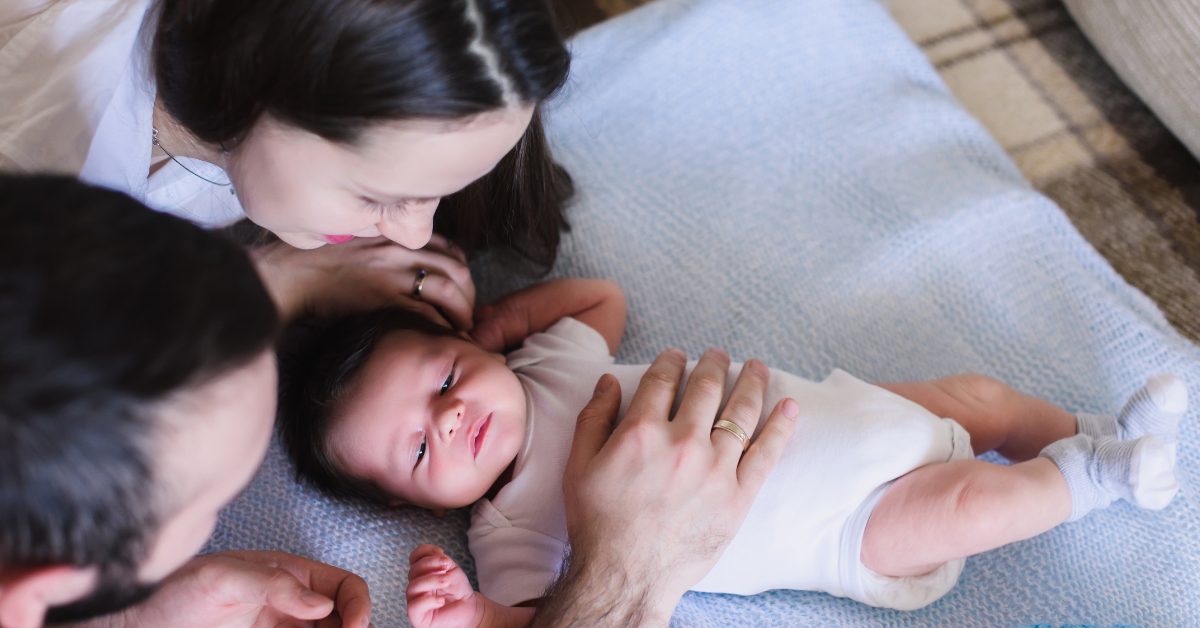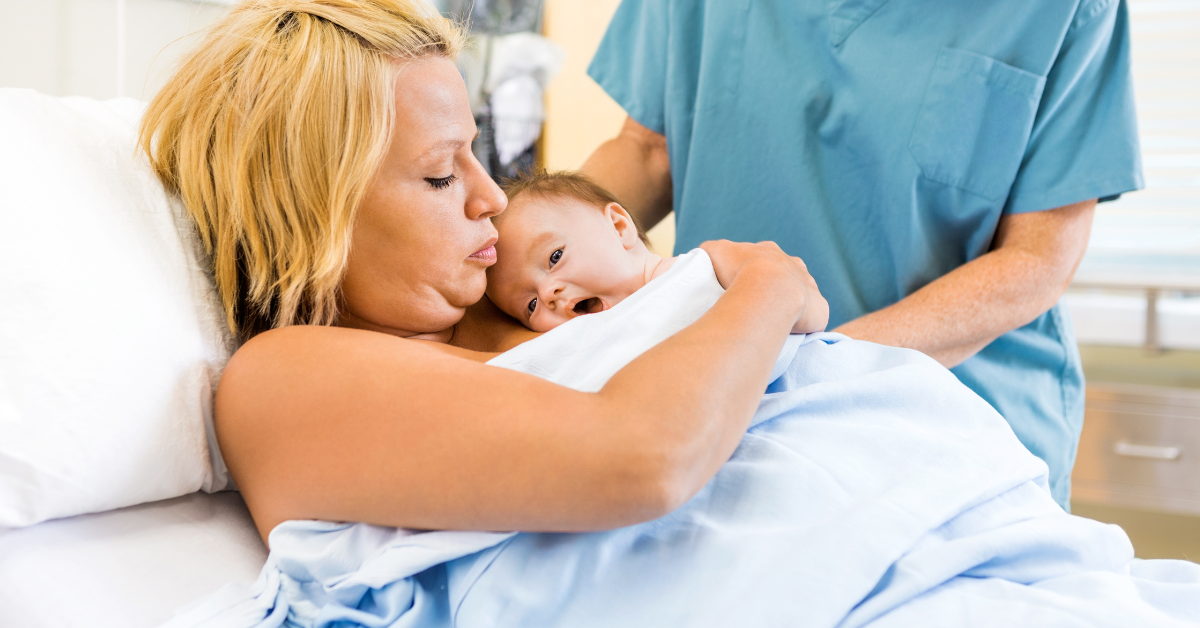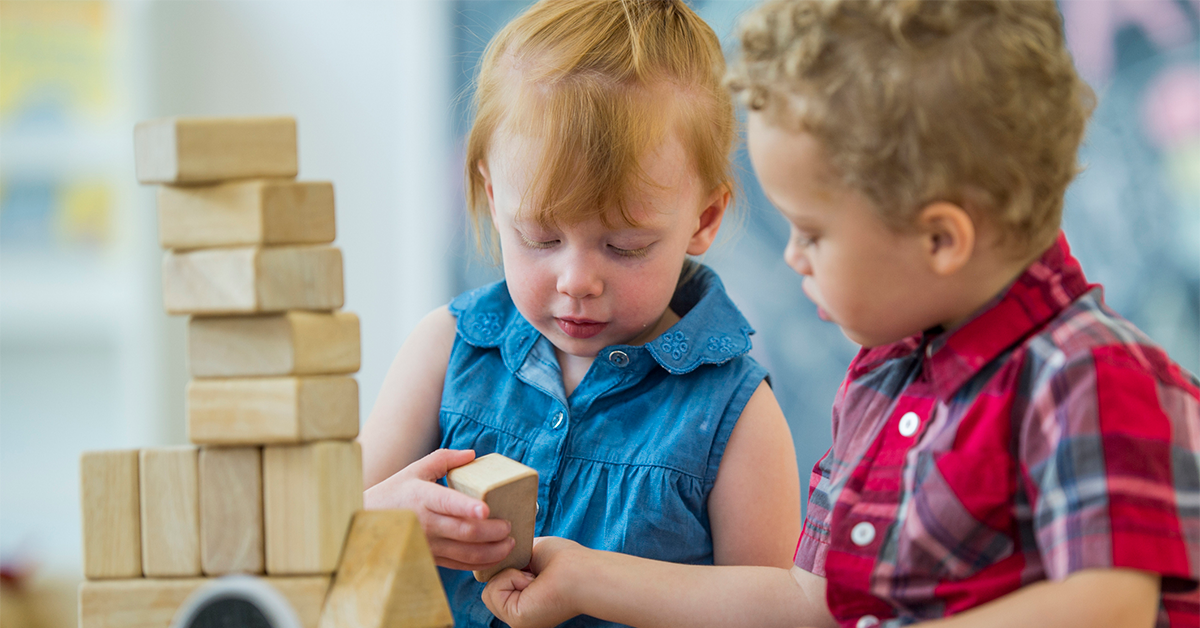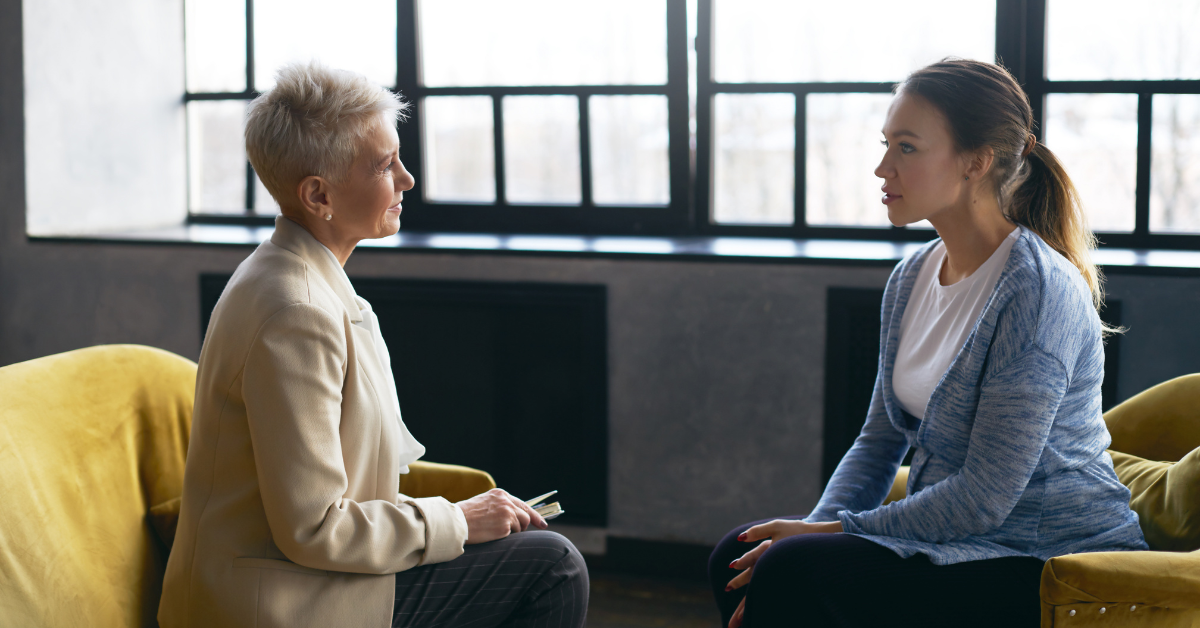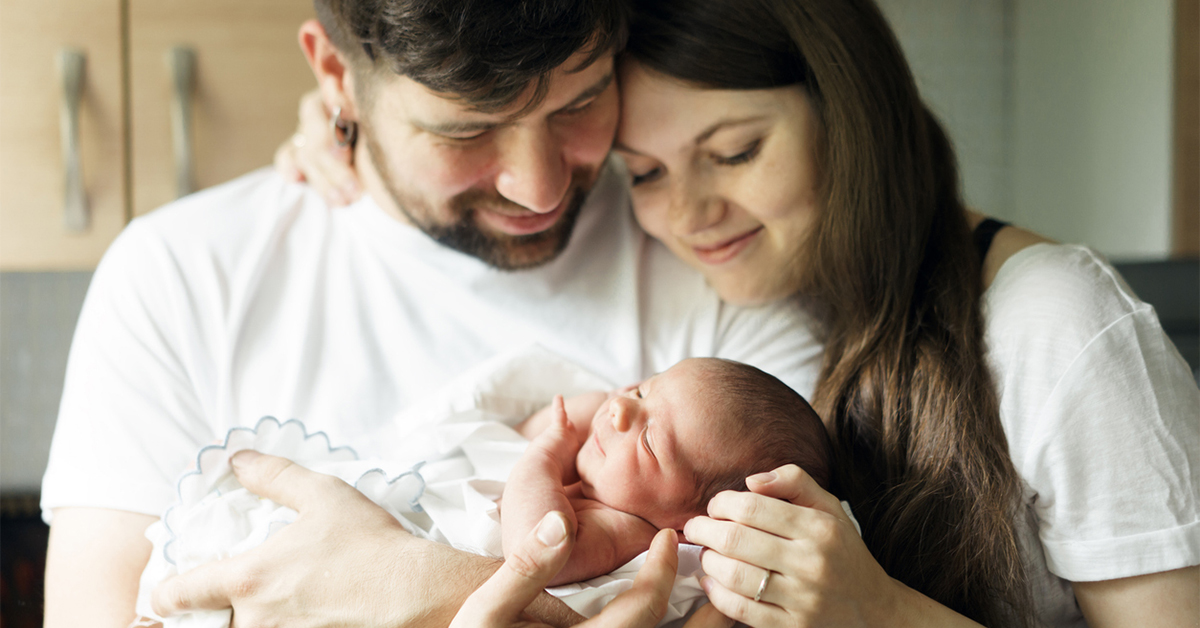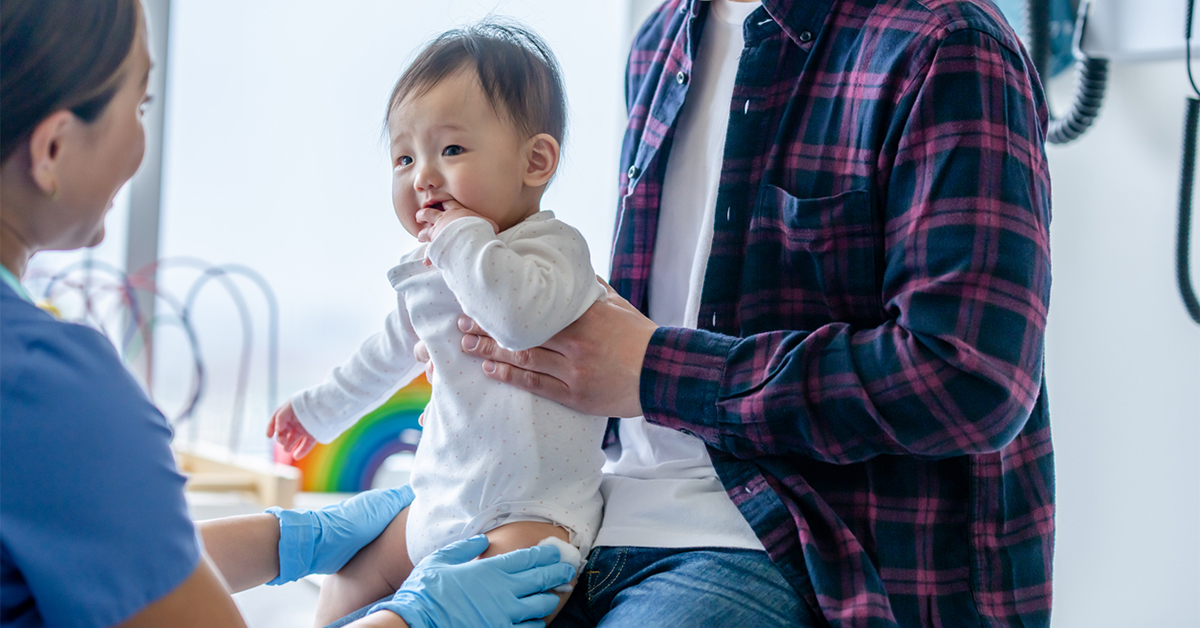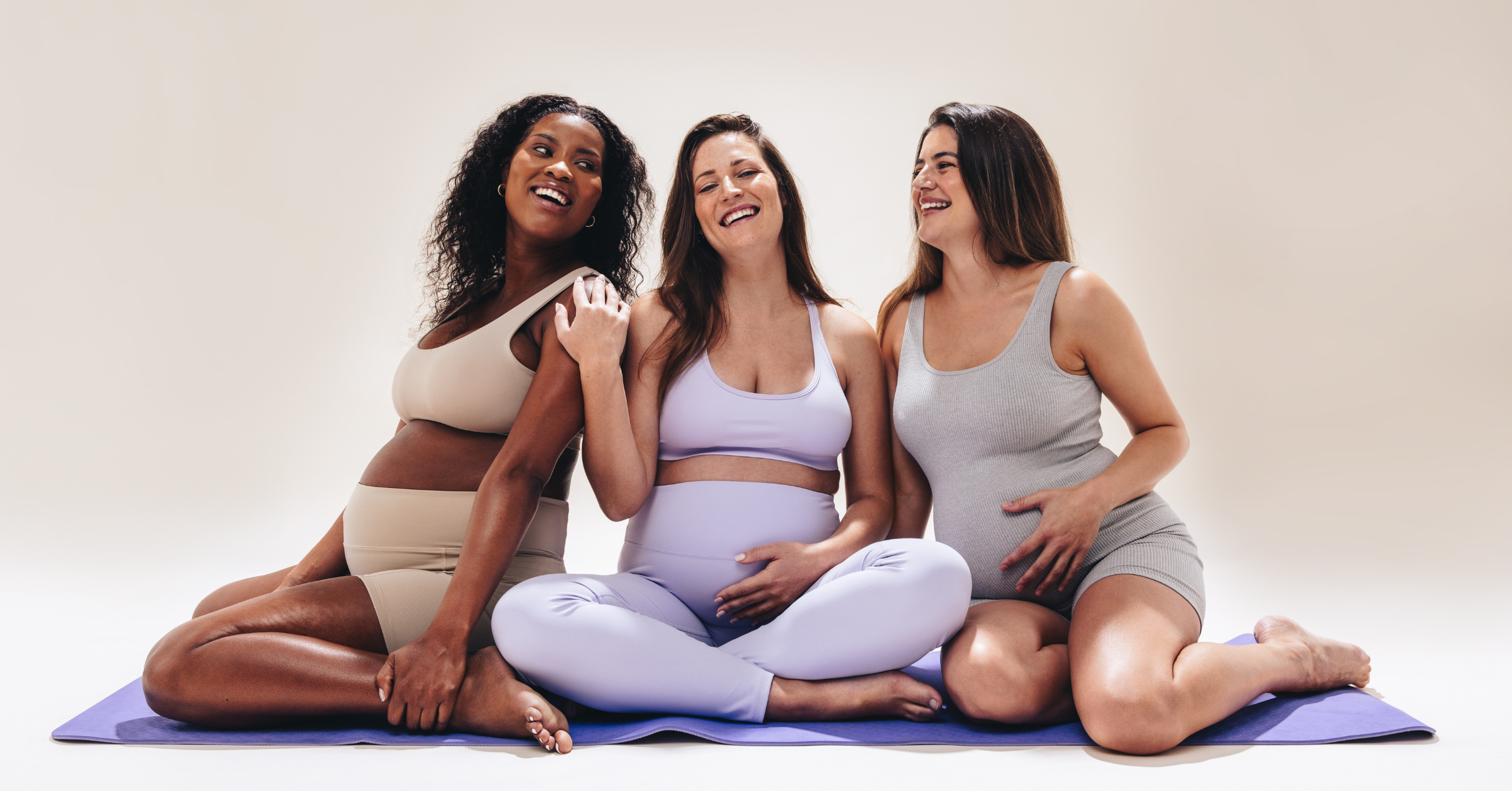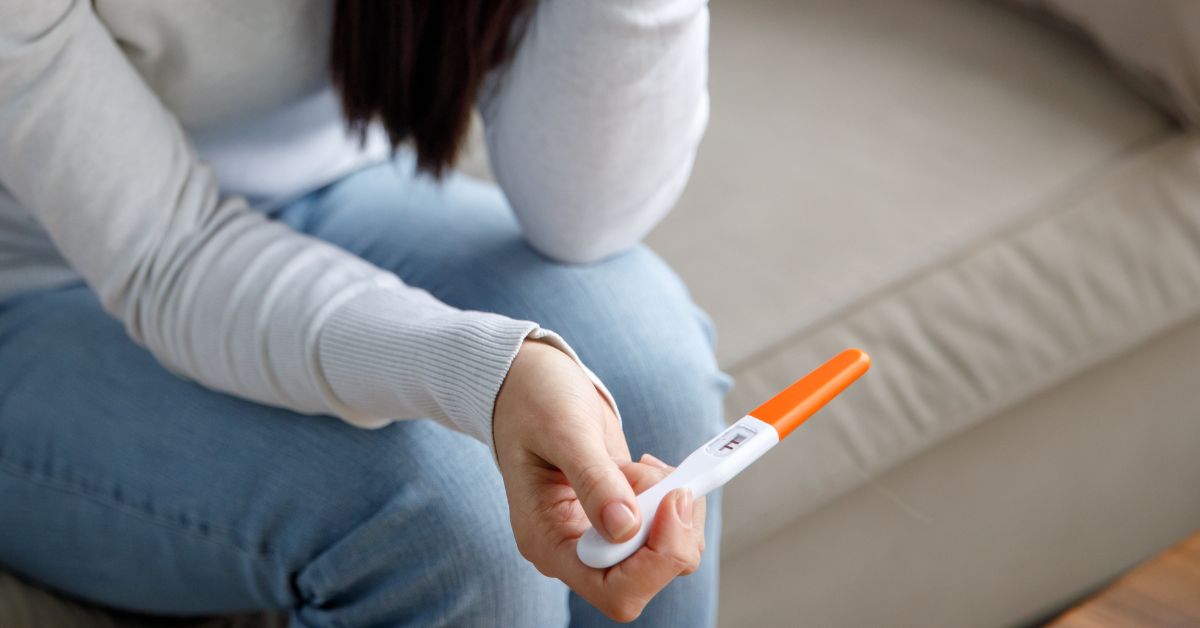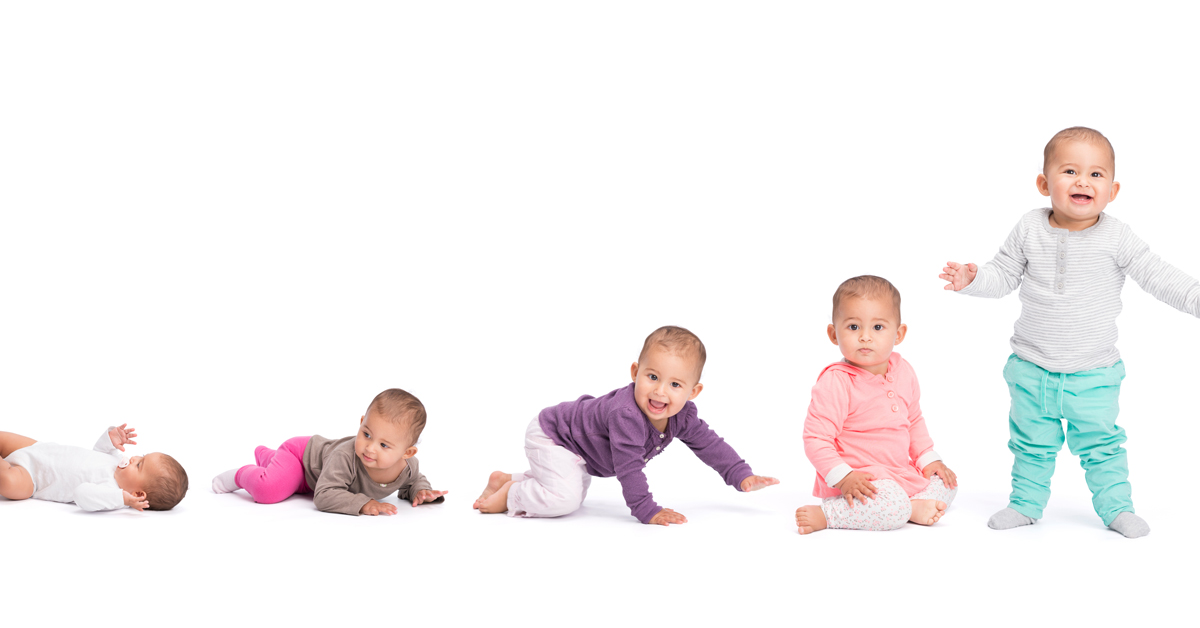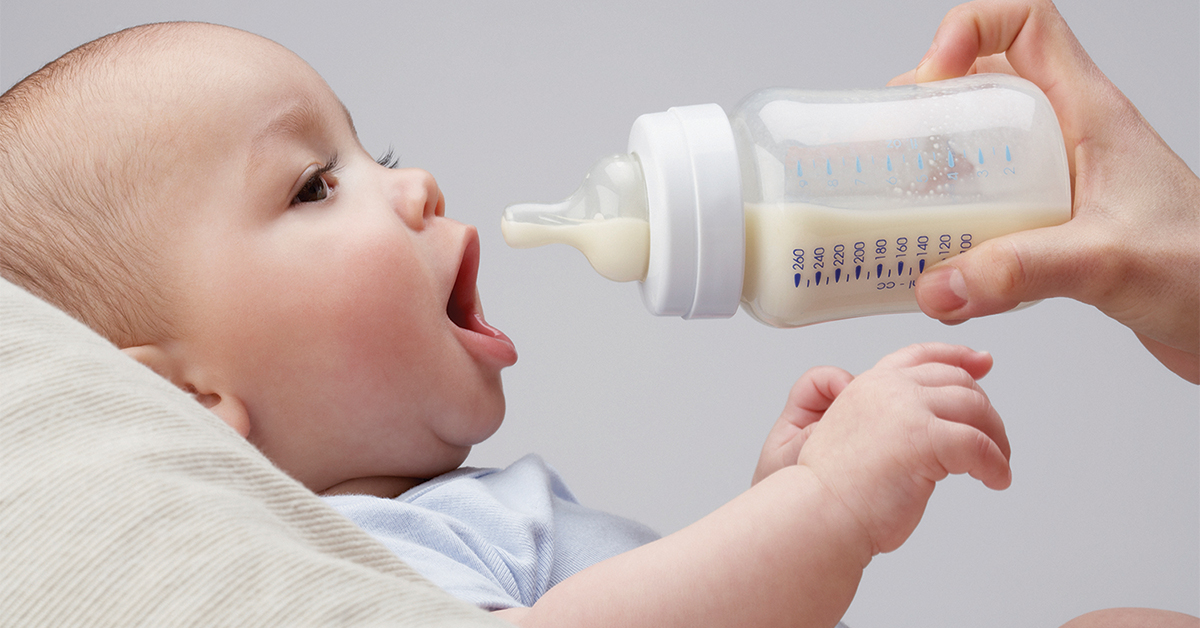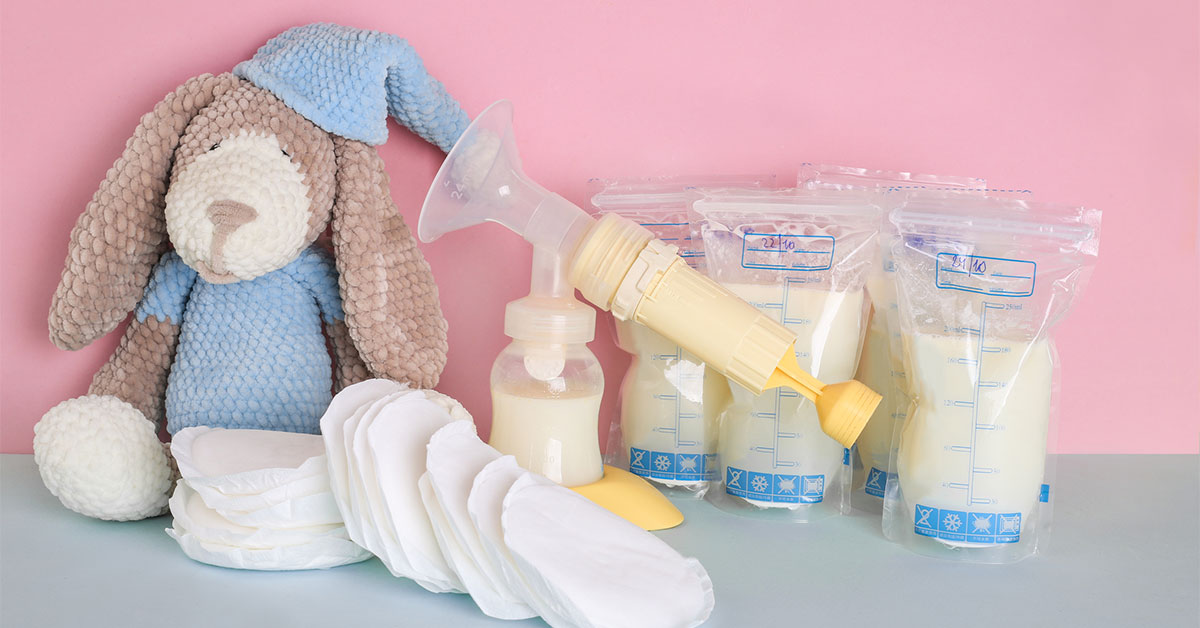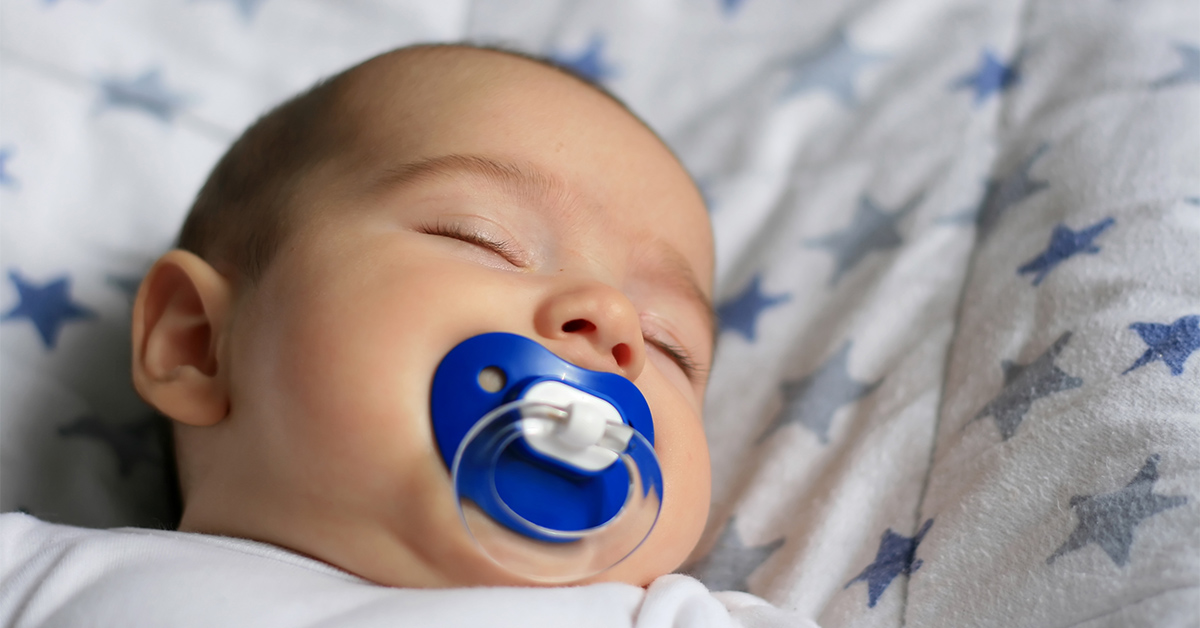Welcome, baby! Making sure your home is safe for a newborn
One of the jobs of a parent is helping their kids learn from their mistakes—safely. As infants go from rolling over to crawling, walking, and beyond, they’re all but guaranteed to get into trouble. And that’s where babyproofing comes in: making sure that your little one is insulated from the biggest potential risks around the house.
The key to infant and child safety is supervision, but it’s not realistic to keep an eye on your child every minute of the day. Instead, there are a few simple steps you can take to protect your baby against the main household dangers.
Knowing where to start
Babyproofing can feel like an overwhelming endeavor, especially as a new parent. But it’s important to take this process one step at a time and build as you go.
According to the CDC, there are four main sources of child injuries: water, heat and flame, toxic substances, and injuries from falling. This is the best place to start—identify the biggest sources of risk around your home and do what you can to address them. Do you have a cover or a fence protecting your pool? Are all cleaning supplies locked in a high cabinet? Are your windows safely closed or equipped with guards?
And remember—you have time. When you first bring your baby home from the hospital, start with the basics. Then, as your child grows and starts to explore, you can add the protections you need to keep them safe.
A new perspective
Most kids begin to crawl between six and nine months old, so while even young babies can get up to plenty of mischief, it’s best to work on babyproofing your house in earnest at around three months.
It may sound silly, but one of the ways to see what may pose a risk to your child is getting on their level—literally. Going around the house on your hands and knees and seeing what your baby may get into can be a crucial way to see hazards you might not otherwise notice.
Are there interesting wires, ledges, or objects to pull on? What places might your baby try to get into? What objects could go in their mouth? This tactic can help you lay a ground plan for spotting genuine dangers—and help put your mind at ease that you’ve taken care of obvious risks.
Babyproofing 101
There is no way to make your home 100% hazard-free—but there are a few things to keep in mind as you get ready for your baby.
- Heavy furniture: Keep an eye on furniture that might tip if a toddler pulls on it. Televisions, dressers, and more can all overbalance if pulled on the wrong way. Furniture anchors can help keep everything stable.
- Windows: Screens are meant to keep bugs out—not keep children in. Make sure your windows are locked or install child guards to keep your kids from falling out.
- Dangerous substances: Keep anything potentially toxic—smoke, chemicals, medications, cleaning supplies, and so on—out of sight and out of reach. You can use door knob covers and door locks to keep kids from getting into dangerous spaces. Second-hand and third-hand exposure to smoke or vape can be harmful to babies and children, and nicotine can be passed through the bloodstream of a pregnant person or through breast milk.
- Water: Even a few inches of water can be deadly to a young child. Avoid leaving water around the house in buckets or basins, make sure any pools are fenced in or covered, and never leave a child unattended in the bath.
- Cabinets and drawers: It probably isn’t necessary to add baby locks to every door in your house—but that depends on what you keep inside. If any cabinets, cupboards, or drawers are accessible at kid-height, think about whether it’s okay for them to play with their contents. Every parent’s comfort level is different, but it can be helpful to reserve the safety latches for places a baby really shouldn’t access, whether that’s a medicine cabinet, a cleaning closet, or an external door. And as your child becomes more mobile, don’t forget to consider adding wall anchors for larger dressers or bookshelves that seem unsteady or perceptive to crawling up.
- Firearms: If you own a firearm, make sure you remove the ammunition, store it separately, and keep all components safely locked.
- Battery-powered toys: Many toys with built-in lights or music come with button batteries that are easy for children to swallow. It’s a good idea to double-check these toys to ensure that the battery compartment has a safety seal and keep an extra eye on your baby when they’re using these types of toys. If you think your child ingested a battery, call 911.
- Sharp edges: Doors, table corners, and other sharp edges can cause injuries when a kid is ready to explore. Installing corner and edge bumpers on surfaces that are at baby-height can help minimize the damage.
It may feel impossible to apply these safety tips to your entire home—but you don’t necessarily have to. Many parents find it helpful to create a fully baby-safe area for their child to play. While supervision is still crucial, you can keep an eye on your baby with the knowledge that they can safely touch everything they find.
To build a safe area, designate a room or create an enclosed space with baby gates or a playpen. Make sure you remove anything that could be dangerous, from batteries and breakables to choking hazards, power cords, and chemicals. Even while you keep an eye out, having a safe area for your baby to play can give you a moment to breathe.
And remember, you don’t need to tackle everything at once. Focus on small steps and take it one phase at a time. Ask yourself where your child is likely to explore at their current developmental stage and start there.
A guide to safe sleeping
Babies spend a lot of their time sleeping, with newborns spending up to 18 hours a day asleep. It’s crucial to make sure their sleeping space is safe and free of hazards so that they can rest up for the adventures ahead.
When setting up your baby’s crib:
- Make sure you have a firm, flat sleeping service.
- Set up bare, tight-fitting bedding that won’t impose on the sleeping area.
- Remove any additional items—pillows, blankets, bumpers, toys, and other objects can increase the risk of suffocation.
- Make sure the crib slats are no more than 2 and 3/8 inches apart (about the width of a soda can). You can learn more about cribs here.
- Check the Consumer Product Safety Commission’s resources on safe sleep and verify that any products you’re buying have been approved.
Always put your baby on their back in an uncluttered crib. While the American Academy of Pediatrics doesn’t recommend sharing a bed with your baby as it can increase the risk of sudden infant death syndrome (SIDS), sharing a room can be a way to stay close.
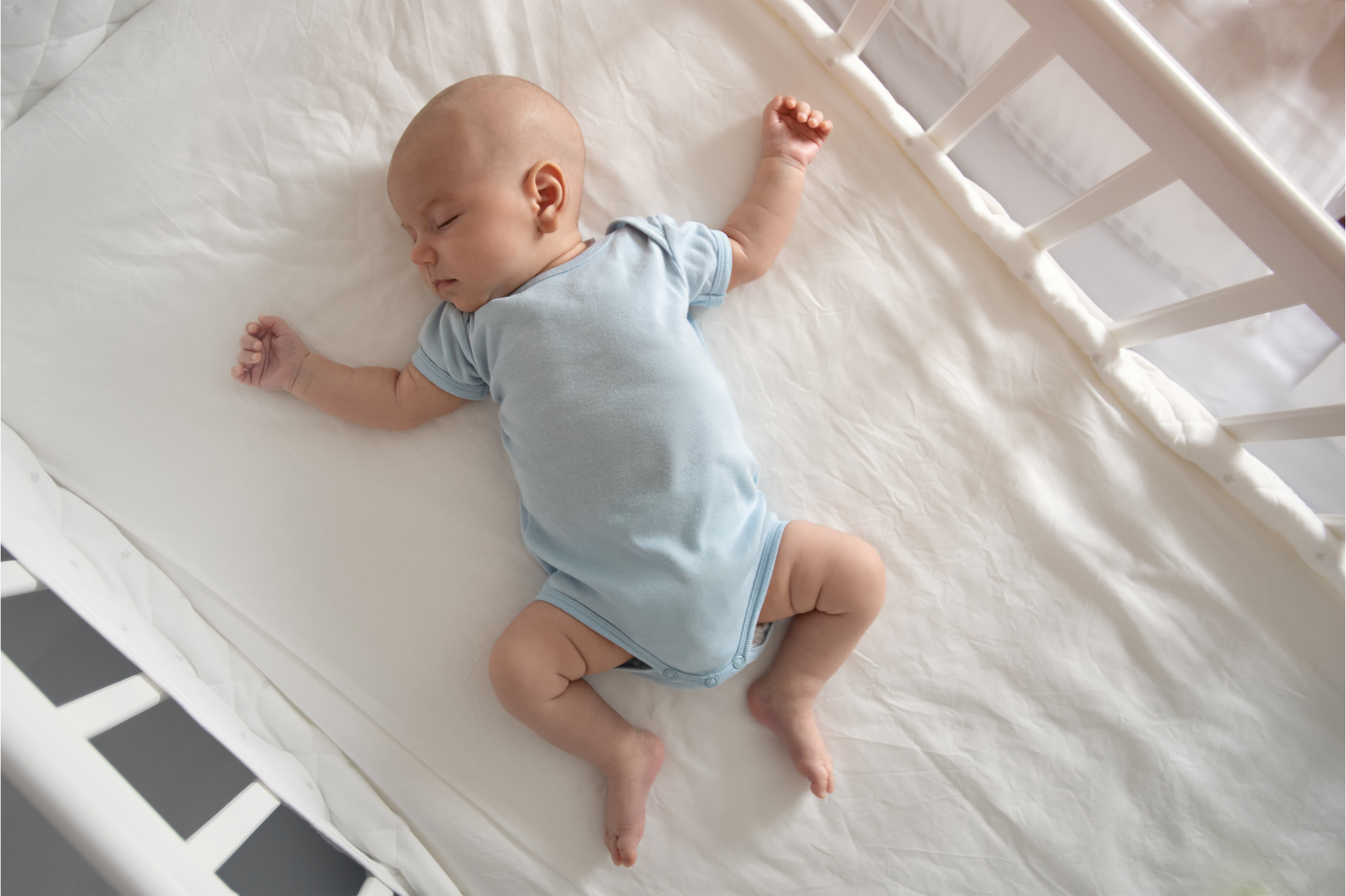
Baby lying safely in a crib
Safe and sound
Scuffs and scrapes are a normal part of growing up and help kids learn about the world around them. As a parent, you want to help them learn safely.
You know your house and your baby best. Some people think of childproofing as giving themselves a little help in advance—knowing that there are a few things they don’t need to worry about while their child plays. When it comes to making your home safe for your baby, take it one step at a time, prioritize your common sense, and give yourself an extra leg up for the next surprise.


